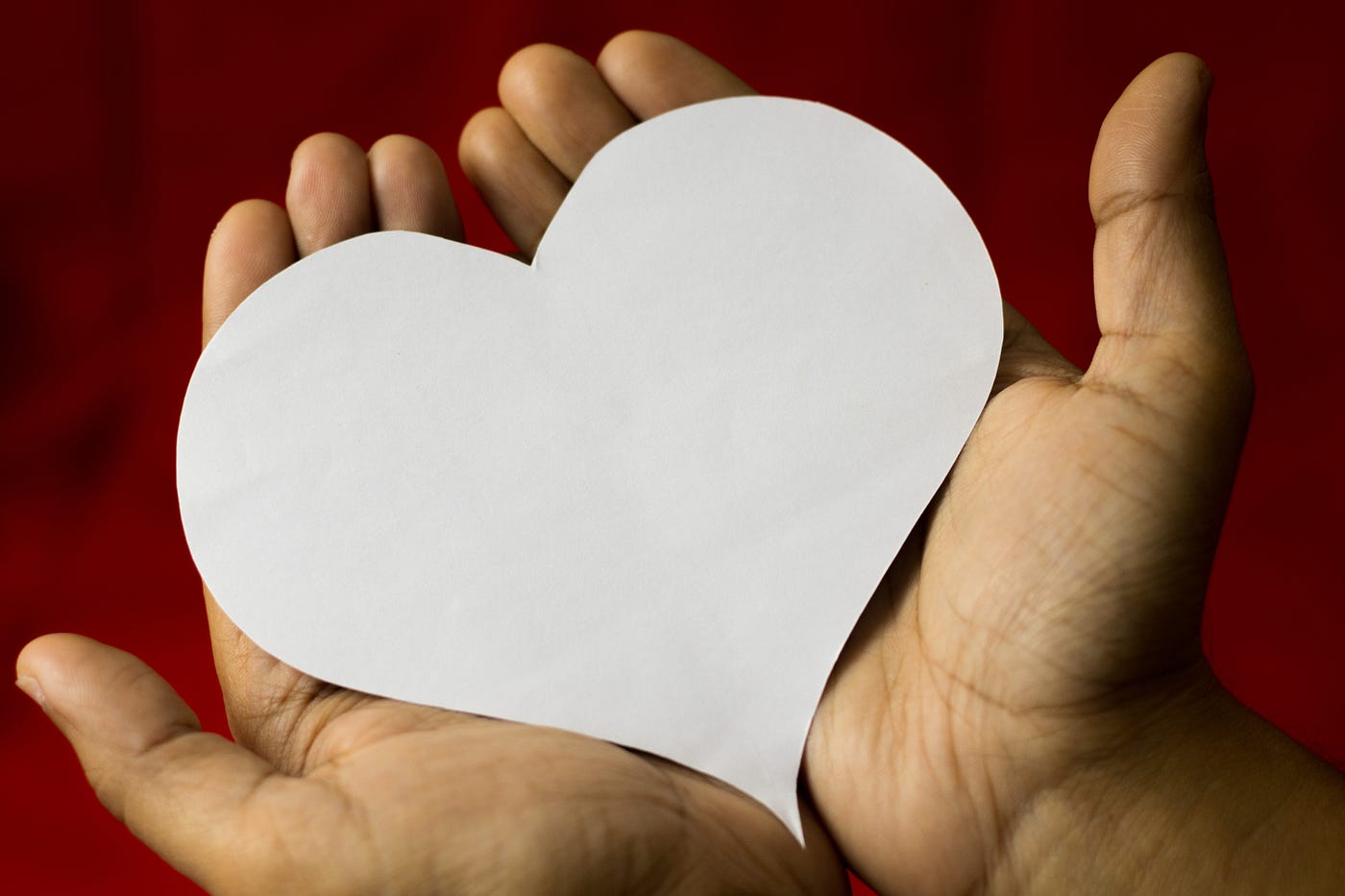Everything You Need to Know About High Cholesterol

High cholesterol is a pretty common issue everywhere. However, because this condition can often present without any real symptoms, you may not even know you have it until you visit your doctor.
If you’re wondering what causes high cholesterol, what to do if you’ve been diagnosed with it, and if there are ways to reverse it (hint: there are), read on for all the answers.
What is Cholesterol?
Cholesterol is a type of lipid. It’s a waxy, fat-like substance that your liver produces naturally. It’s vital for the formation of cell membranes, certain hormones, and vitamin D.
Cholesterol doesn’t dissolve in water, so it can’t travel through your blood on its own. To help transport cholesterol, your liver produces lipoproteins.
Lipoproteins are particles made from fat and protein. They carry cholesterol and triglycerides, another type of lipid, through your bloodstream. The two major forms of lipoprotein are low-density lipoprotein (LDL) and high-density lipoprotein (HDL).
LDL cholesterol is any cholesterol carried by low-density lipoproteins. If your blood contains too much LDL cholesterol, you may be diagnosed with high cholesterol. Without treatment, high cholesterol may lead to many health issues, including heart attack and stroke.
High cholesterol rarely causes symptoms in the beginning. That’s why it’s important to get your cholesterol levels checked on a regular basis.
High cholesterol symptoms
In most cases, high cholesterol is a “silent” condition. It typically doesn’t cause any symptoms. Many people don’t even realize they have high cholesterol until they develop serious complications, such as a heart attack or stroke.
That’s why routine cholesterol screening is important. If you’re 20 years or older, ask your doctor if you should have routine cholesterol screening. Learn how this screening could potentially save your life.
LDL cholesterol, or “bad cholesterol”
LDL cholesterol is often called “bad cholesterol.” It carries cholesterol to your arteries. If your levels of LDL cholesterol are too high, it can build up on the walls of your arteries.
This buildup is also known as cholesterol plaque. This plaque can narrow your arteries, limit your blood flow, and raise your risk of blood clots. If a blood clot blocks an artery in your heart or brain, it can cause a heart attack or stroke.

HDL cholesterol, or “good cholesterol”
HDL cholesterol is sometimes called “good cholesterol.” It helps return LDL cholesterol to your liver to be removed from your body. This helps prevent cholesterol plaque from building up in your arteries.
When you have healthy levels of HDL cholesterol, it can help lower your risk of blood clots, heart disease, and stroke.
Triglycerides, a different type of lipid
Triglycerides are another type of lipid. They’re different from cholesterol. While your body uses cholesterol to build cells and certain hormones, it uses triglycerides as a source of energy.
When you eat more calories than your body can use right away, it converts those calories into triglycerides. It stores triglycerides in your fat cells. It also uses lipoproteins to circulate triglycerides through your bloodstream.
If you regularly eat more calories than your body can use, your triglyceride levels may become too high. This can raise your risk of several health problems, including heart disease and stroke.
Getting your cholesterol levels checked
If you’re 20 years or older, it’s recommended getting your cholesterol levels checked at least once every 4 to 6 years. If you have a history of high cholesterol or other risk factors for cardiovascular disease, your doctor may encourage you to get your cholesterol levels tested more often.
Your doctor can use a lipid panel to measure your total cholesterol level, as well your LDL cholesterol, HDL cholesterol, and triglyceride levels. Your total cholesterol level is the overall amount of cholesterol in your blood. It includes LDL and HDL cholesterol.
If your levels of total cholesterol or LDL cholesterol are too high, your doctor may diagnose you with high cholesterol. High cholesterol can be dangerous when your LDL levels are too high and your HDL levels are too low.
Risk factors for high cholesterol
You may be at a higher risk of developing high cholesterol if you:
- are living with obesity
- have limited physical activity
- consume a lot of saturated and trans fats, like those found in fast food
- smoke tobacco products
- have a family history of high cholesterol
- have diabetes, kidney disease, or hypothyroidism
People of all ages, genders, and ethnicities can have high cholesterol.
Complications of high cholesterol
Without treatment, high cholesterol can cause plaque to build up in your arteries. Over time, this plaque can narrow your arteries. This condition is known as atherosclerosis.
Atherosclerosis is a serious condition. It can limit the flow of blood through your arteries. It also raises your risk of developing dangerous blood clots.
Atherosclerosis can result in many life threatening complications, such as:
- stroke
- heart attack
- angina, or chest pain
- high blood pressure
- peripheral vascular disease
- chronic kidney disease
High cholesterol can also create a bile imbalance, raising your risk of gallstones.
Lowering cholesterol through diet
To help you achieve and maintain healthy cholesterol levels, your doctor may recommend changes to your diet.
For example, they may advise you to:
- limit your intake of foods that are high in cholesterol, saturated fats, and trans fats
- choose lean sources of protein, such as chicken, fish, and legumes
- eat a wide variety of high fiber foods, such as fruits, vegetables, and whole grains
- opt for baked, broiled, steamed, grilled, and roasted foods instead of fried foods
- avoid fast food and sugary, pre-packaged options when possible
Foods that are high in cholesterol, saturated fats, or trans fats include:
- red meat, organ meats, egg yolks, and high fat dairy products
- processed foods made with cocoa butter or palm oil
- deep-fried foods, such as potato chips, onion rings, and fried chicken
- certain baked goods, such as some cookies and muffins
Eating fish and other foods that contain omega-3 fatty acids may also help lower your LDL levels. For example, salmon, mackerel, and herring are rich sources of omega-3s. Walnuts, almonds, ground flaxseeds, and avocados also contain omega-3s.
How to prevent high cholesterol
You can’t control the genetic risk factors for high cholesterol. However, lifestyle factors can be managed.
To lower your risk of developing high cholesterol:
- Eat a nutritious diet that’s low in cholesterol and animal fats, and high in fiber.
- Avoid excessive alcohol consumption.
- Maintain a moderate weight.
- Exercise regularly.
- Avoid smoking.
Follow your doctor’s recommendations for routine cholesterol screening. If you’re at risk of high cholesterol or coronary heart disease, they will likely encourage you to get your cholesterol levels tested on a regular basis.
Takeaway
In most cases, high cholesterol has no symptoms. But without treatment, high cholesterol can cause serious health issues. The good news is that your doctor can help you manage this condition, and in many cases, can help you avoid complications.
To learn if you have high cholesterol, ask your doctor to test your cholesterol levels, especially if you’re 20 years or older. If they diagnose you with high cholesterol, ask them about your treatment options.
To lower your risk of complications from high cholesterol, practice healthy lifestyle habits and follow your doctor’s recommended treatment plan.
Eating a balanced diet, exercising regularly, and avoiding tobacco products may help you achieve and maintain healthy cholesterol levels. It could also help lower your risk of complications from high cholesterol.
